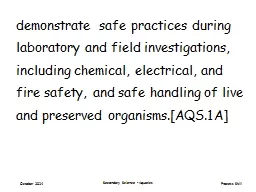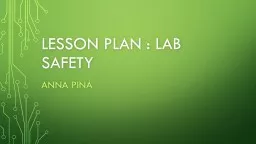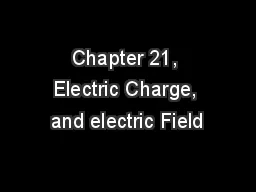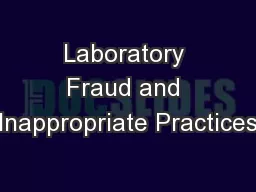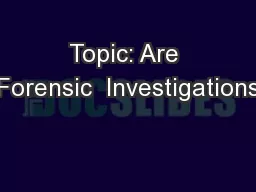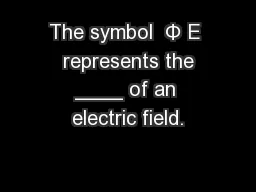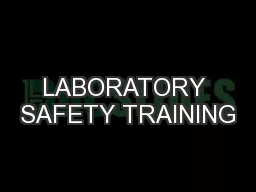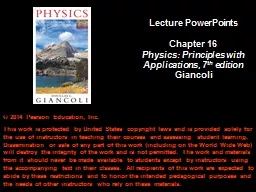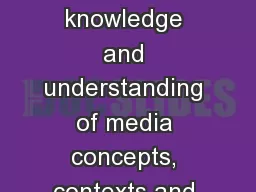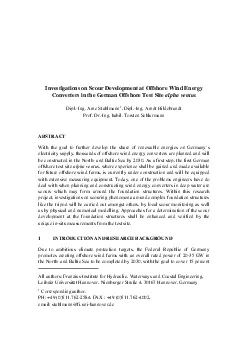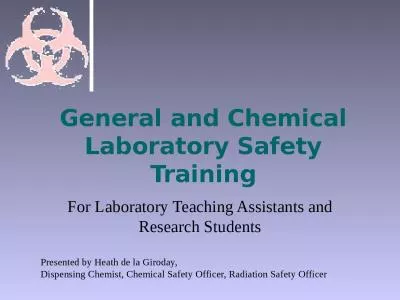PPT-demonstrate safe practices during laboratory and field investigations, including chemical,
Author : rozelle | Published Date : 2020-06-22
October 2014 Secondary Science Aquatics demonstrate an understanding of the use and conservation of resources and the proper disposal or recycling of materialsAQS1B
Presentation Embed Code
Download Presentation
Download Presentation The PPT/PDF document "demonstrate safe practices during labora..." is the property of its rightful owner. Permission is granted to download and print the materials on this website for personal, non-commercial use only, and to display it on your personal computer provided you do not modify the materials and that you retain all copyright notices contained in the materials. By downloading content from our website, you accept the terms of this agreement.
demonstrate safe practices during laboratory and field investigations, including chemical,: Transcript
Download Rules Of Document
"demonstrate safe practices during laboratory and field investigations, including chemical,"The content belongs to its owner. You may download and print it for personal use, without modification, and keep all copyright notices. By downloading, you agree to these terms.
Related Documents

